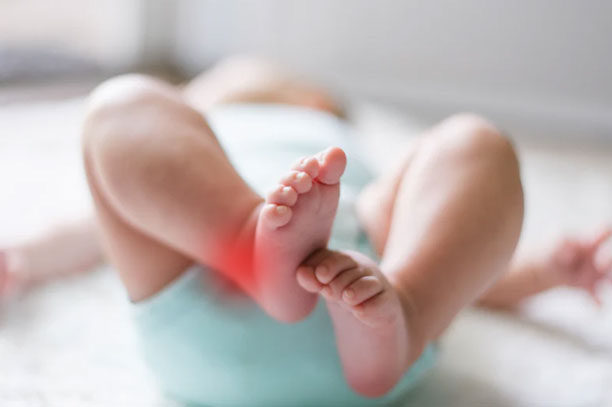
Bone and Joint Infections

Bone and joint infections occur when bacteria or other microorganisms invade the bones (osteomyelitis) or joints (septic arthritis). These infections are more common in children, the elderly, and people with weakened immune systems.
Types of Infections
- Osteomyelitis:
Infection of the bone, commonly caused by Staphylococcus aureus. - Septic Arthritis:
Infection of a joint space, usually the knee, hip, or shoulder.
Causes
- Bacterial spread through blood (hematogenous)
- Open fractures or wounds
- Post-surgical infections
- Nearby soft tissue infections
Symptoms
- Severe pain at the affected site
- Swelling, redness, and warmth
- Fever and chills
- Inability to move the limb or joint
- Limping or refusal to bear weight (in children)
Diagnosis
- Blood tests (CBC, CRP, ESR)
- Blood cultures
- X-ray, MRI, or CT scan
- Joint fluid aspiration (for septic arthritis)
- Bone biopsy (in some cases)
Treatment
Antibiotics
- Intravenous antibiotics followed by oral course
- Duration: Typically 4–6 weeks
Surgical Intervention
- Drainage of abscess or infected joint
- Debridement (removal of infected tissue)
- Stabilization in chronic osteomyelitis
Supportive Care
- Pain management
- Immobilization (temporarily)
- Physiotherapy after infection clears